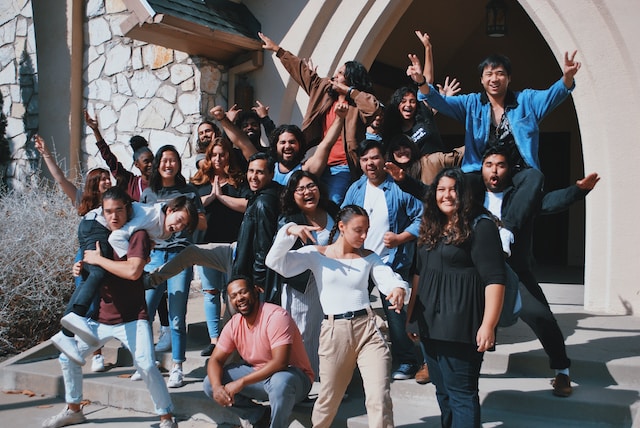Introduction
Historical preservation plays a crucial role in maintaining our cultural heritage and ensuring that future generations can learn from the past. It involves the protection, conservation, and restoration of buildings, artifacts, and sites of historical significance. However, navigating the challenges in historical preservation is no easy task. In this article, we will explore some of the key challenges faced by preservationists and discuss potential solutions.
1. Lack of Awareness and Appreciation
One of the primary challenges in historical preservation is the lack of awareness and appreciation for our cultural heritage. Many people may not fully understand the value and importance of preserving historical sites and artifacts. This can lead to neglect, demolition, or inappropriate alterations to historically significant structures.
To address this challenge, education and outreach programs are crucial. By raising awareness about the significance of historical preservation, we can foster a sense of appreciation and encourage individuals, communities, and governments to take action in protecting our heritage.
2. Limited Funding and Resources
Historical preservation projects often require significant financial resources and specialized expertise. However, funding for preservation efforts is often limited, and competing priorities may overshadow the need for preservation.
To overcome this challenge, it is essential to advocate for increased funding and resources for historical preservation. This can be done through partnerships with government agencies, private organizations, and philanthropic individuals who recognize the value of preserving our cultural heritage. Additionally, exploring innovative funding models, such as public-private partnerships or crowdfunding, can help bridge the financial gap.
3. Balancing Preservation and Development
Preserving historical sites and structures while accommodating modern development can be a delicate balancing act. The pressure to meet the demands of urbanization and economic growth often conflicts with the need to protect historical integrity.
To navigate this challenge, comprehensive planning and zoning regulations are necessary. These regulations should consider the preservation of historical sites and structures as an integral part of urban development. Collaboration between preservationists, architects, urban planners, and developers can help strike a balance between preserving the past and embracing the future.
4. Technological Advancements and Changing Preservation Methods
Technological advancements have revolutionized the field of historical preservation. New tools and techniques, such as 3D scanning, virtual reality, and digital documentation, have expanded the possibilities for documentation, analysis, and restoration.
However, keeping up with these advancements and integrating them into preservation practices can be a challenge. Preservationists must continuously update their skills and knowledge to leverage the benefits of emerging technologies effectively. Collaboration between preservation professionals, researchers, and technology experts can facilitate the adoption of new methods and ensure their appropriate application in historical preservation.
Conclusion
Preserving our cultural heritage is a responsibility that requires navigating various challenges. From raising awareness and securing funding to balancing preservation with development and embracing technological advancements, historical preservation demands a multidisciplinary approach.
By addressing these challenges head-on and fostering collaboration among stakeholders, we can ensure that our cultural heritage remains intact for future generations. Historical preservation is not just about preserving the past; it is about shaping a better future by learning from our history and cherishing our shared heritage.











